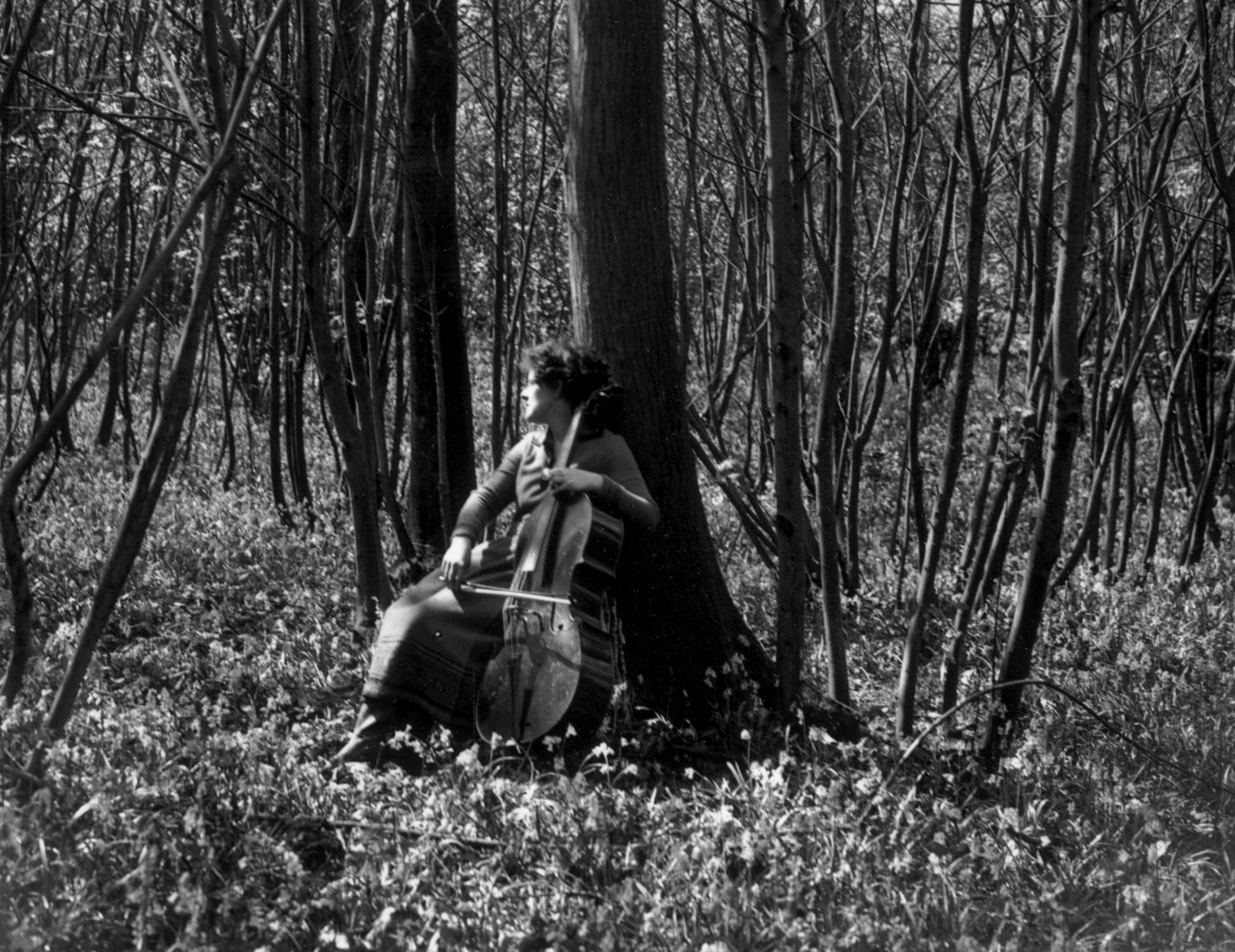
In Paneveggio, Lombardy, there stands a forest with a rich and mysterious musical past. The spruce trees that tower over the dusky dales of the Dolomites are considered the finest source of violins in the world. It is said that Stradivari, the most revered luthier in history, selected his wood from that verdant vale.

Credited with manufacturing the most expensive instruments ever, there are now fewer than a thousand of these prized items and the process of their design remains a tantalising enigma.
Multiple attempts have been made to replicate the configuration of Stradivari’s violins, but no one has yet succeeded. Some believe the secret source of Stradivari’s extraordinary sound, one that might solve the riddle of how to make the finest violins in existence, is hidden in the misty miles of that forest.
After a devastating storm in 2018 that levelled 10 million trees, Stradivari’s forest of strings has become a heritage site. Its mystical atmosphere still beguiles and intrigues violin makers and players alike, but what is so special about this bosky birthplace of sublime music and how did Stradivari make his exquisite instruments?
ArrayBorn in Cremona near the vast park of Paneveggio in 1644, Stradivari became an apprentice to a local luthier while many of the most coveted stringed instruments were being made in France. As he learnt his trade, the strapping young Strad began to make a name for himself and by the 1680s his violins, cellos and guitars were being sought after by kings and princes across Europe.
He was soon deemed one of the deftest craftsmen in the world and the price of his productions reached a zenith on the violin market. Striving to outclass his numerous competitors, Strad experimented with the traditional process of developing sumptuous instruments.
By the 1690s he had abandoned his earlier style and started devising longer violins with darker samples of wood. Like Michelangelo, who sought the finest marble available and who found a rich deposit in the quarries of Carrara, Strad became intimately acquainted with the source of his materials.

Antonio Stradivari
Allegedly, he roamed the shady recesses of the Paneveggio forest searching for trees with an inherent propensity to produce sublime sound. According to local legend, he made these excursions under the light of a full moon, laying his head against a trunk before tenderly tapping it with a hammer to simply hear the resonance. Only after his expert ear was satisfied by the sound it heard would the master luthier order the tree to be felled and conveyed to his workshop in Cremona.
Spruce trees are considered a primary ingredient in the making of violins, but the spruce trees of Strad’s musical forest have benefitted from a microclimate that ensured slow yet regular growth. In the 17th century, several harsh winters supposedly affected the vegetation of the forest.
The wood grew slower than elsewhere and developed a porous internal structure that seemed to transmit acoustic waves more compellingly. But ‘Science’ is still yet to reveal the entire secret that the spruce trees of Paneveggio contain and Stradivari appears to have his selections based on emotions as well as on expertise. One can imagine him finding a particularly beautiful, peaceful or auditorily significant spot in the forest and using that as his marker for quality.

In any case, the international consensus is that the combination of Strad’s talent and the uniqueness of the trees in the area are responsible for the magnificent sound that Strad’s instruments are famed for making.
On the 29th October, 2018, storm Vaia struck this sacred sanctuary of music with its violent winds levelling over 42000 hectares of woodland.
It was an egregious event with few silver linings, but one positive consequence of the catastrophe was a rekindled concern for the preservation of the musical forest.

Luthier Cecilia Piazzi crafts a violin in her Northern Italian workshop. It takes months to complete a single instrument that can cost more than $10,000. A Stradivarius including wood from the same forest can go for more than $10 million.
A group of scientists, foresters, instrument-manufacturers and government officials started collaborating to recover the inimitable timber that was lost and to protect the place that sprouted Strad’s incomparable creations. The work on the Paneveggio forest is still underway. Happily its restoration seems ensured by both local and international efforts.
Perhaps with fresh scientific insight into how Strad pioneered the standards of violin-making, the rejuvenation of this mystical forest of matchless music will result in a new renaissance for the personal, emotional and handcrafted creation of stringed instruments.




